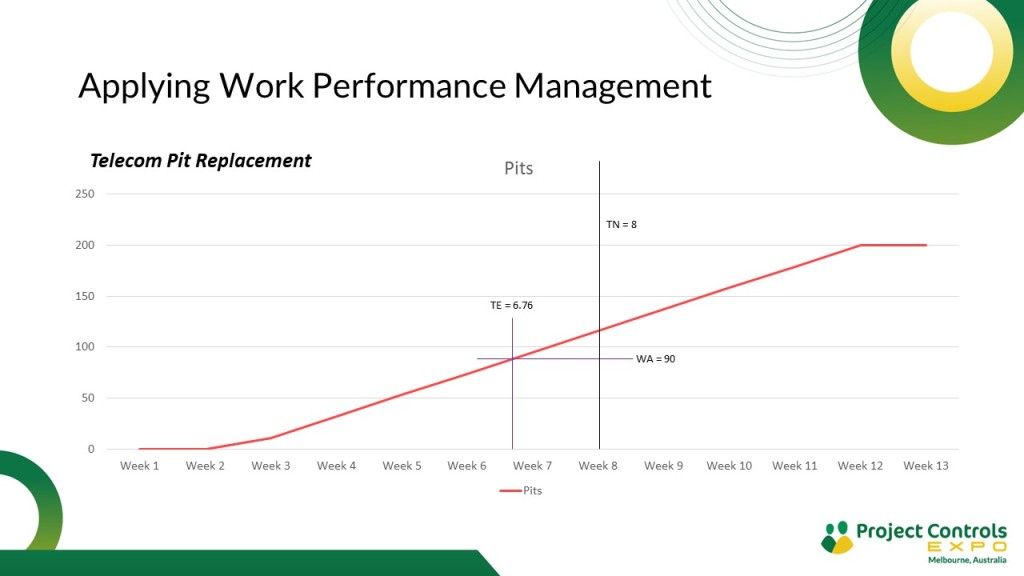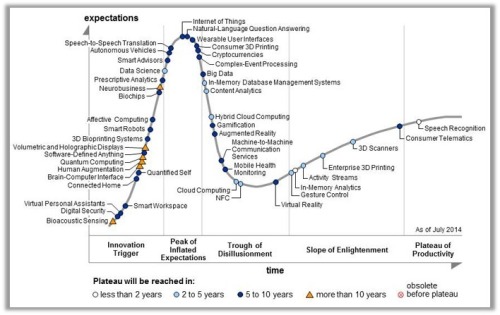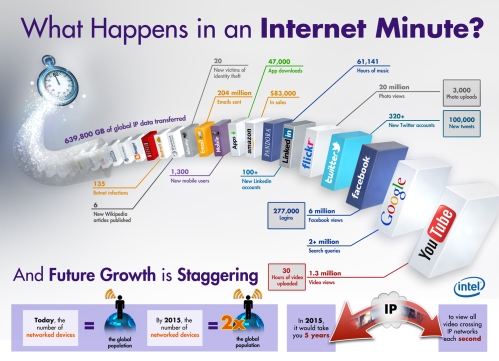Work Performance Management (WPM) is a new project controls tool that is being developed by Mosaic Project Services. WPM is designed to calculate the current status, and predicted completion date for any project in a consistent, repeatable, and defensible way. It is primarily intended for use in projects, applying Agile or Lean Construction management approaches, where traditional CPM scheduling cannot be used effectively, but will add value on most projects. The types of projects where WPM can provide an effective controls tool include:
- Relatively small projects requiring a straightforward controls system
- Large projects with a single primary deliverable that is easy to measure
- Large projects using CPM where there is a need to overcome the CPM optimism bias[1]
- All project applying Agile[2] and Lean Construction approaches where the project team determine the sequence of working
- Distributed projects[3] where CPM is inappropriate, and management has chosen not to use the ES extension to EVM.
WPM is an easy to use, robust, performance measurement system. The two requirements to implement WPM are:
- A consistent metric to measure the work planned and accomplished, and
- A simple but robust assessment of when the work was planned to be done

Based on this data, WPM can calculate how far ahead or behind plan the work currently is, and based on this information, the likely project completion date (assuming work will continue at the current rate). Recording the status and expected completion at each update provides reliable trend information. This means there is no longer any excuse for, a project team, senior management, and/or the organization’s governing body, ‘not to know’ how the work of each project is progressing.
For a more detailed overview of WPM, see: https://mosaicprojects.com.au/PMKI-SCH-041.php#Overview
Or download Overview of WPM: https://mosaicprojects.com.au/Mag_Articles/AA037_-_Overview_of_WPM.pdf
[1] For more on WPM and the CPM optimism bias see:
https://mosaicprojects.com.au/PMKI-SCH-041.php#WPM-CPM
[2] For more on applying WPM to Agile and Lean projects see:
https://mosaicprojects.com.au/PMKI-SCH-041.php#WPM-Agile
[3] For more on applying WPM to distributed projects (and a definition of distributed projects) see: https://mosaicprojects.com.au/PMKI-SCH-041.php#WPM-Dist












